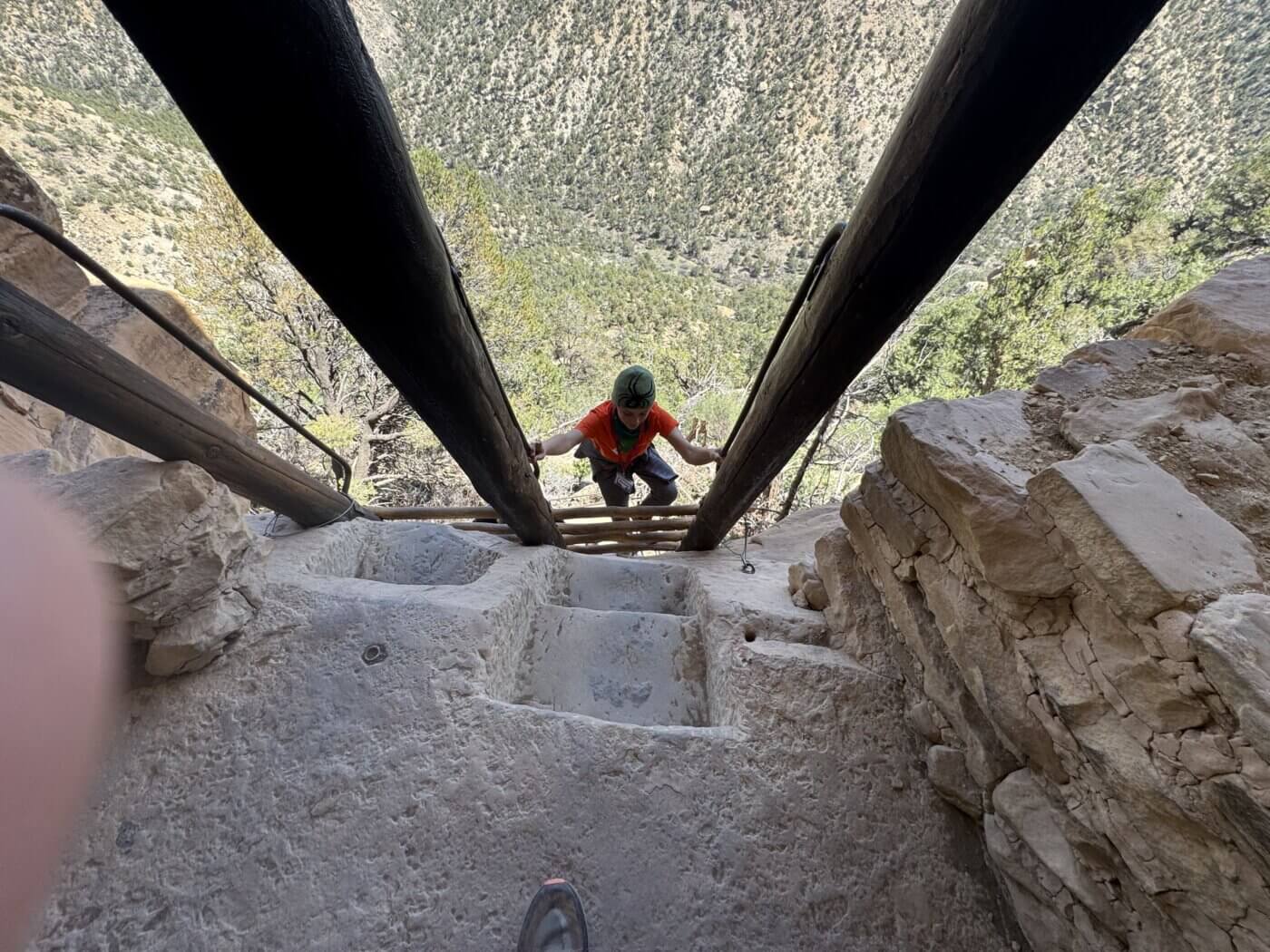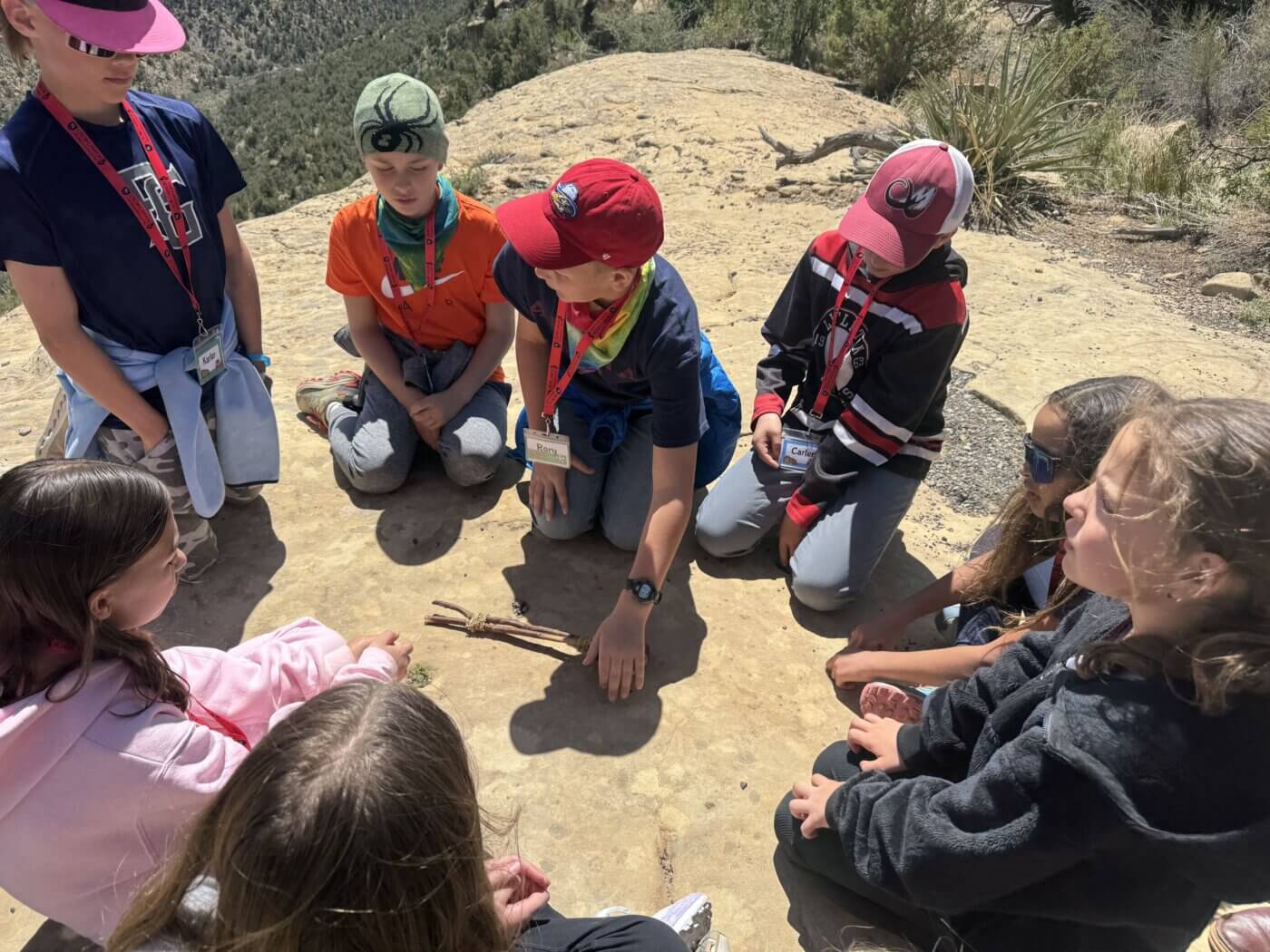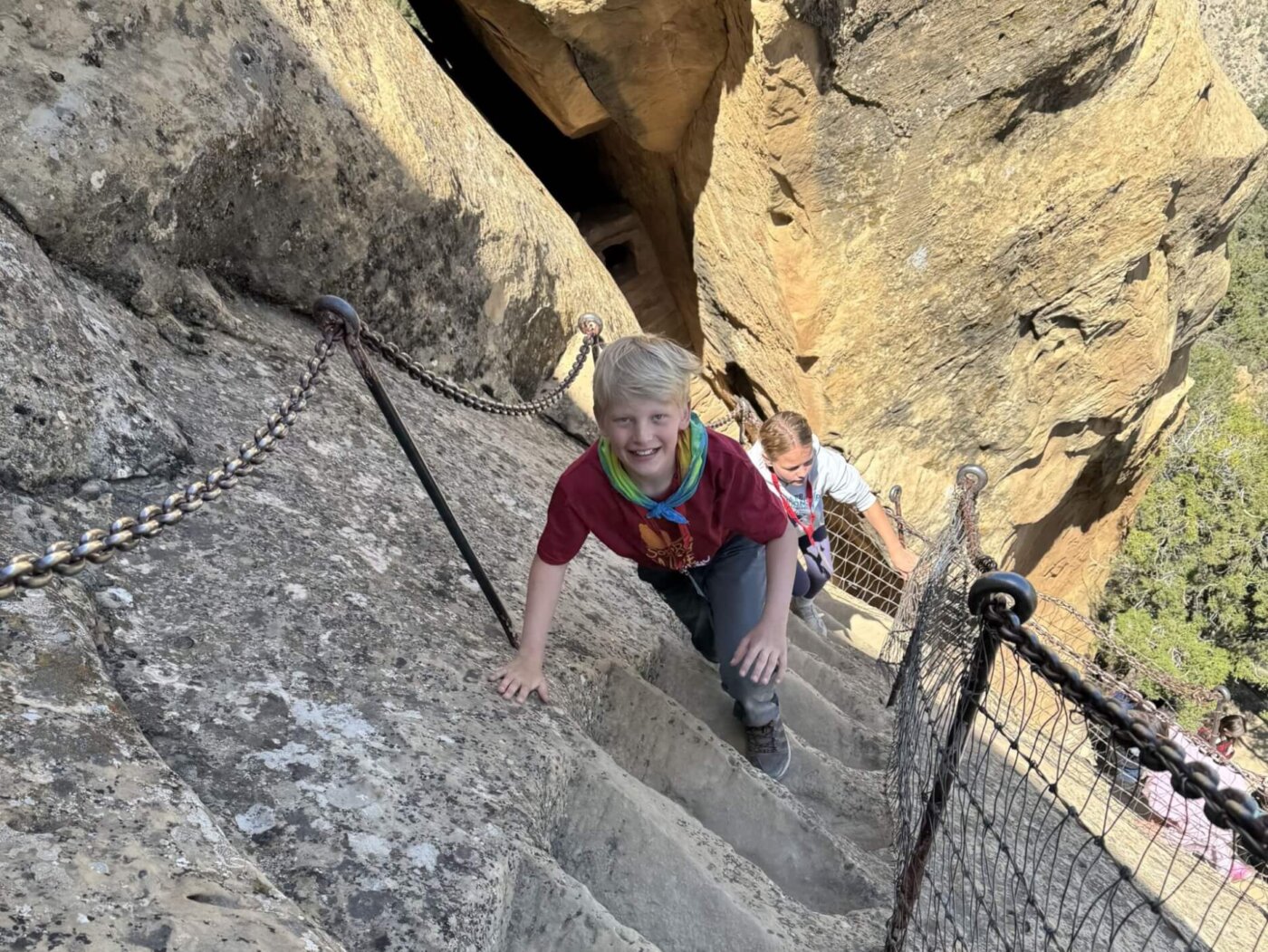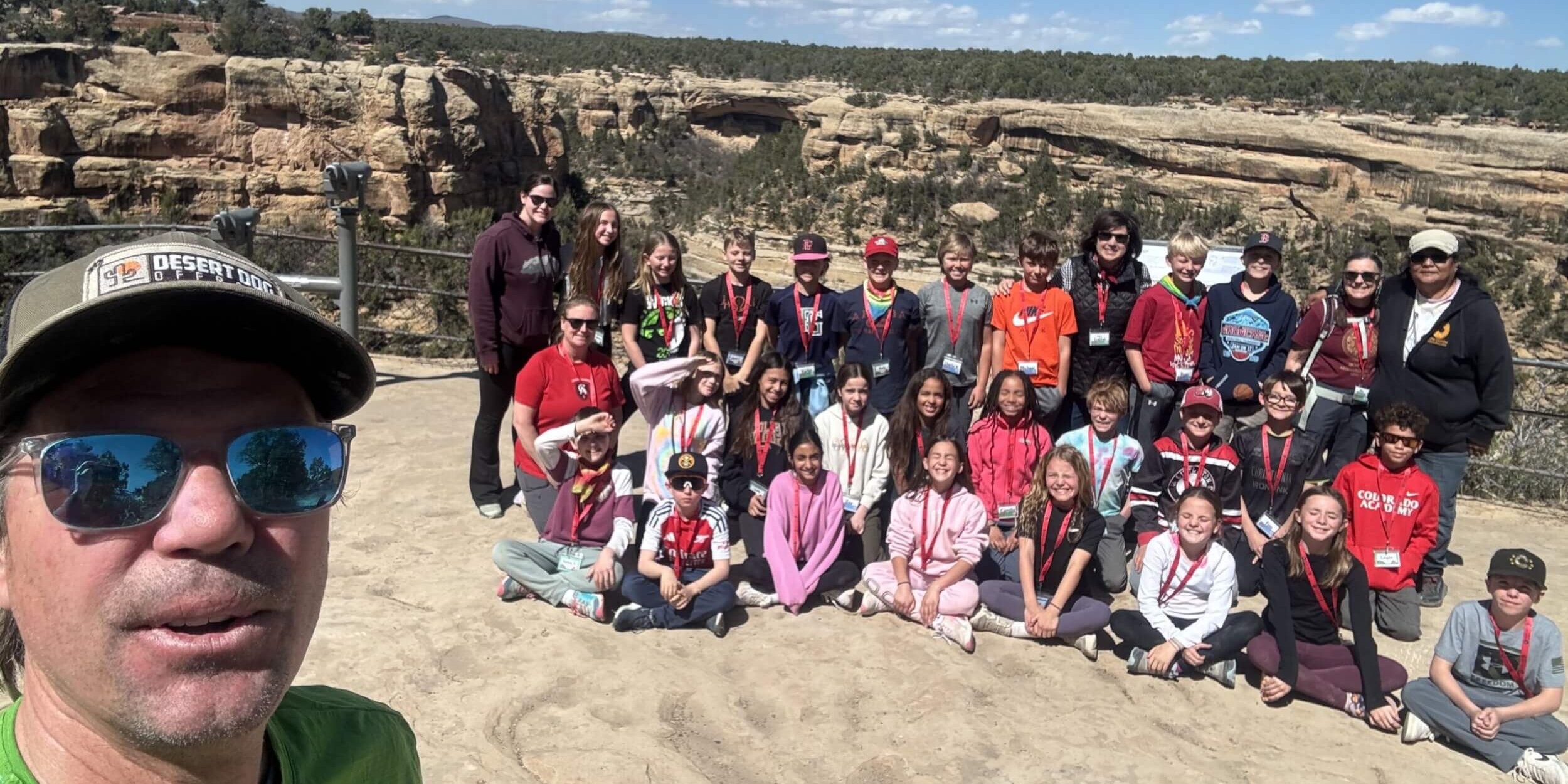Thank you to everyone for your patience and flexibility during this week’s unexpected gas leak. I first learned of the issue Tuesday night as I was packing my gear to join our Fifth Graders on their annual trip to Crow Canyon Archaeological Center. What happened next was a masterclass in teamwork and grace under pressure.
A huge shout-out goes to our Director of Operations, Mark Osvirk, who swiftly secured a contractor and had the leak repaired in under 24 hours. Our Director of Communications, Phil Smith, coordinated with multiple parties to create a reopening plan that kept safety front and center. All three Principals and our Athletics and Arts Directors figured a way to support our students in a unified fashion, and our CFO, Whitney Johnson, worked closely with Jefferson County Public Health to get an emergency plan approved—just in case hot water remained unavailable. I could go on and on because there were many people who dived in to support this effort. As I drove south toward Cortez, my phone lit up with messages, ideas, and problem-solving conversations. It was a powerful reminder of how fortunate we are to have a leadership team that thrives on collaboration, quick thinking, and care for our community.
Now, on to the Fifth Graders—who were thriving in their own way.
Crow Canyon is a beloved destination, one that CA students have visited for over 20 years. There, students delve into the rich history of the Ancestral Puebloan peoples, who inhabited the Four Corners region from around 500 BCE to 1300 CE. When I arrived, students were immersed in hands-on learning—participating in a mock excavation, exploring a replica Puebloan ruin, and even learning how to throw an atlatl. Their curiosity was palpable, their joy infectious.

Earlier in the week, they had visited Hovenweep National Monument, home to an astonishing collection of ancient towers built on the edge of the canyons. These structures, along with those at Mesa Verde—where I joined the group for a hike to Balcony House—offer profound insight into one of the most innovative and enduring civilizations of the American West.
Speaking of endurance and innovation, I must thank the fearless chaperones led by Angie Crabtree. Eight-hour bus rides and four action-packed days with Fifth Graders require not just patience, but heart—and this team delivered.
This trip is a rite of passage. Students don’t just study ancient peoples—they grow in their independence, build friendships, learn how to take care of themselves and each other, and unplug from the digital world. For many, it’s their first experience truly away from home—and that makes it unforgettable.

Experiential learning is a cornerstone of a CA education. It’s one thing to read about a civilization in a textbook—it’s another to hike through its ruins, ask questions in the field, and imagine what daily life was like hundreds of years ago. It’s in these moments—off campus, and off screens—that deep learning happens.
As I watched our students explore the past, I couldn’t help but reflect on the present. Whether it’s fixing a gas line on short notice or guiding a student through a narrow cliff dwelling, what defines this community is our willingness to step up, lean in, and support one another. That’s the true story of this week.
And in both archaeology and education, one truth remains: The strongest structures are built on solid foundations—trust, teamwork, and a sense of wonder.
Let’s keep building.



